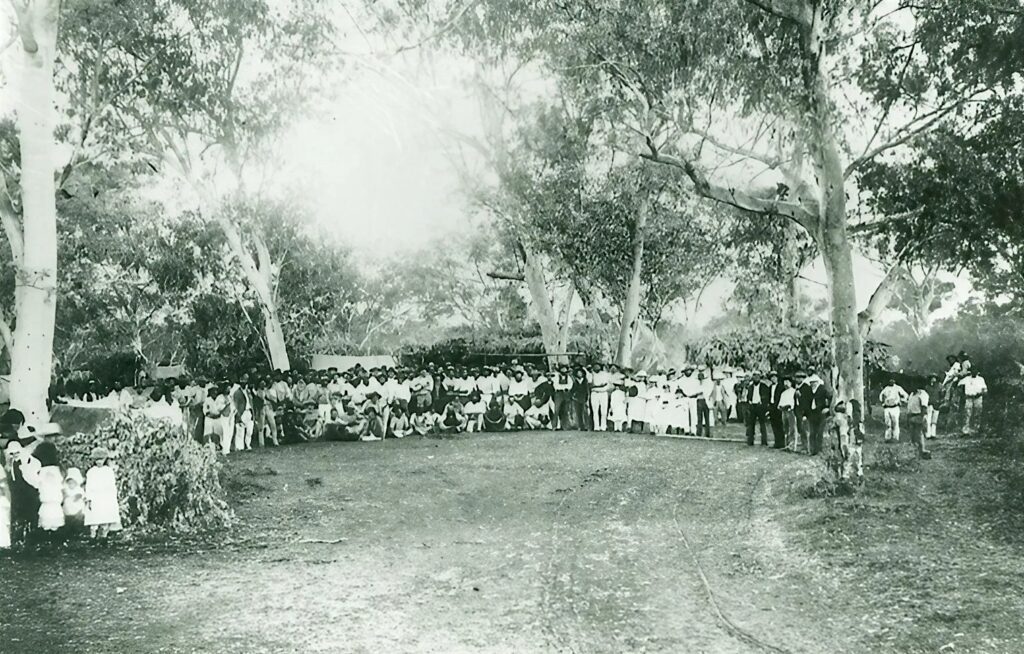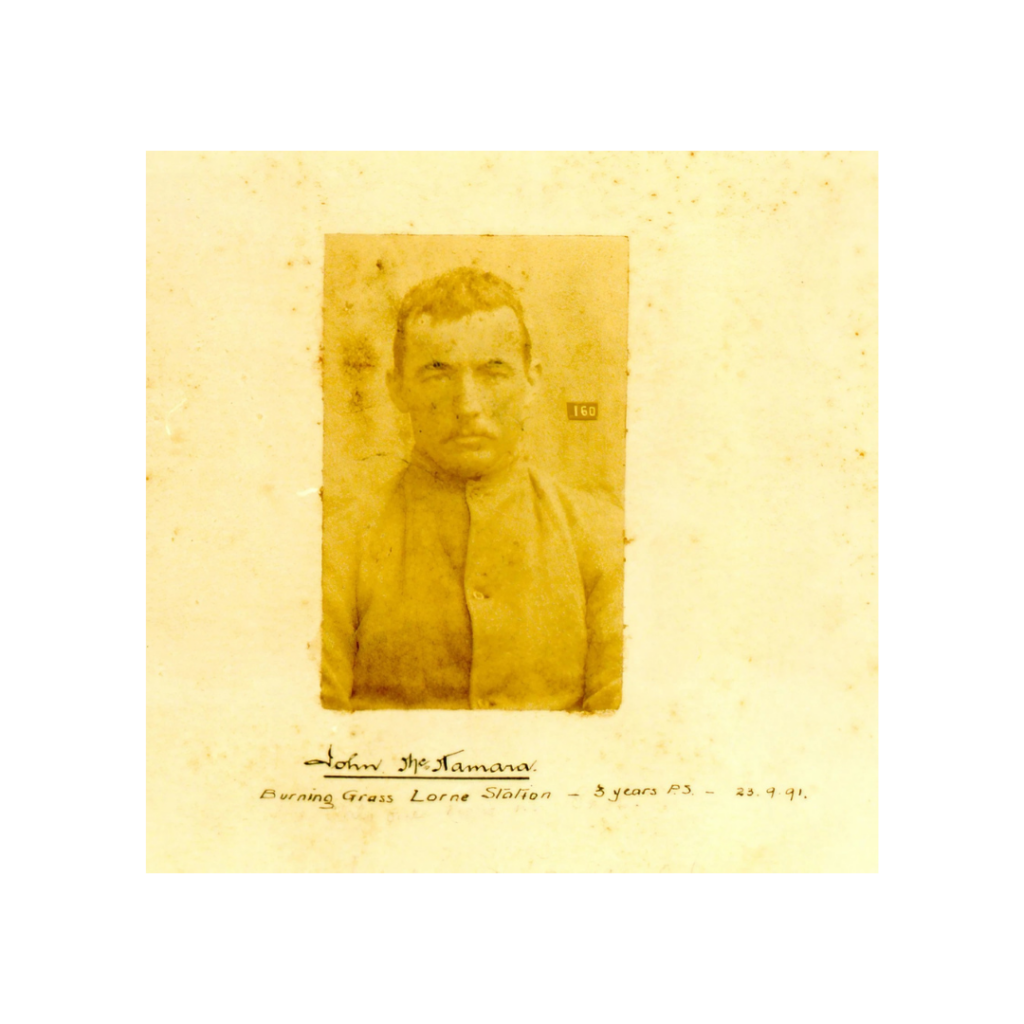The 1891 Shearer’s Strike is one of Australia’s earliest and most significant industrial disputes. The Strike was primarily between unionised and non-unionised wool workers and resulted in the formation of large camps of striking workers, minor instances of sabotage, and violence on both sides. The Strike was poorly timed, and when the union workers ran out of food, they were forced to come to terms. The outcome is credited as being one of the factors for the formation of the Australian Labor Party and the rise to power of a pro-working class political faction in the political landscape.
Fighting for Better Working Conditions
In the late 19th century, wool production was one of the Australian continent’s largest industries and working conditions for sheep shearers were consistently poor. As the number and influence of workers in the industry grew, many joined unions to campaign for better conditions. By 1890, the Amalgamated Shearers’ Union of Australasia had tens of thousands of members and had unionised thousands of sheds. At their annual conference in Bourke in 1890, the Union laid down a new rule that prohibited members from working with non-union workers.
The Strike and Spread to Hughenden

Hughenden Strike Camp, Queensland 1891. John Oxley Library, State Library of Queensland. Neg 171876
The Strike began on 5 January 1891, and quickly spread throughout Central Queensland, including the town of Hughenden. From February until May, Central Queensland was on the brink of civil war. Striking shearers formed armed camps outside of towns, and thousands of armed soldiers protected non-union labour and arrested Strike leaders. A Strikers’ camp of three hundred formed in nearby Hughenden in March 1891 and the Charters Towers Mounted Volunteers were warned for action to move to that town. The unionists retaliated by raiding shearing sheds, harassing non-union labour, and committing acts of sabotage, although the incidents of actual violence or arson were few.
May Day March
One of the first May Day marches in the world took place during the Strike on 1 May 1891 in Barcaldine. The Sydney Morning Herald reported that 1340 men took part, of whom 618 were mounted on horse. Banners carried included those of the Australian Labor Federation, the Shearers’ and Carriers’ Unions, and one inscribed ‘Young Australia’. The leaders wore blue sashes, and the Eureka Flag was carried. The “Labor Bulletin” reported that cheers were given for “the Union”, “the Eight-hour day”, “the Strike Committee” and “the boys in gaol.”
End of the Strike

Soldiers on horseback riding west through the Hughenden district 1891. John Oxley Library, State Library of Queensland. Image 7750-0001-0004
The shearers were unable to hold out, and by May, the union camps were full of hungry, penniless shearers. More than 2000 soldiers and police were brought into the area and 1099 special constables were sworn in to protect non-union labour and arrest the Strike leaders. The Strike was declared off in Hughenden on 18 June 1891. The Strike had been broken, and the squatters had won this time, but it had proved a costly exercise. Thirteen union leaders were charged with sedition and conspiracy, taken to Rockhampton for the trial, convicted, and sentenced to three years in gaol in St Helena Island Prison. Three of those imprisoned later became Labor members of parliament – Hamilton in Queensland and the other two in Western Australia.



Mug Shots 1893 – Prisoners Barcaldine Shearers’ Strike 1891. All released 17.11.1893. George Taylor; William Fothergill; William J. Bennett; Alfred J. Brown; Robert Prince; William Hamilton; John McNamara; Andrew Irvin; John Jeffries. Queensland Police Museum
Formation of the Australian Labor Party
The 1891 Shearer’s Strike had far-reaching consequences beyond the immediate outcome of the dispute. It is widely considered as a key factor in the formation of the Australian Labor Party, which went on to become one of Australia’s major political parties. On 9 September 1892, the Manifesto of the Queensland Labor Party was read out under the iconic Tree of Knowledge in Barcaldine, following the Great Shearers’ Strike. This manifesto laid out the principles of the party and called for better working conditions, fair wages, and the recognition of workers’ rights.
The significance of this moment in Australian history cannot be overstated, and it is fitting that the State Library of Queensland now holds this historic document. Its inclusion in UNESCO’s Memory of the World Australian Register in 2008 and the Memory of the World International Register in 2009 serves as a testament to its enduring importance. The Manifesto of the Queensland Labor Party stands as a reminder that the rights and welfare of workers should always be at the forefront of political discourse and that progress can be made through collective action.
Why remember the 1891 Shearer’s Strike?
The 1891 Shearer’s Strike holds a significant place in Australian history. It brought to light the poor working conditions of shearers in the wool industry and demonstrated the power of unions in advocating for better conditions. The Strike’s reach extended to various towns, including Hughenden, where instances of sabotage and violence were reported, and the impact it had on communities across the region was profound.
Today, we remember this event as a pivotal moment in Australia’s Labor history. The historical shearing exhibit at the Flinders Discovery Centre in Hughenden is a popular destination for those interested in learning more about the Strike’s impact and the shearers’ struggle. The exhibit stands as a testament to the importance of workers’ rights, the power of collective action and their contribution to the growth of our region.
As we reflect on the 1891 Shearer’s Strike, we are reminded of the progress made in securing better working conditions for workers and the ongoing need to continue advocating for workers’ rights. It is crucial to strive towards creating a fairer and more just society for all, ensuring that the lessons of the past continue to guide us towards a better future.
Further Reading
1891 Shearers’ Strike and the rise of Australian Labor
Back to all News